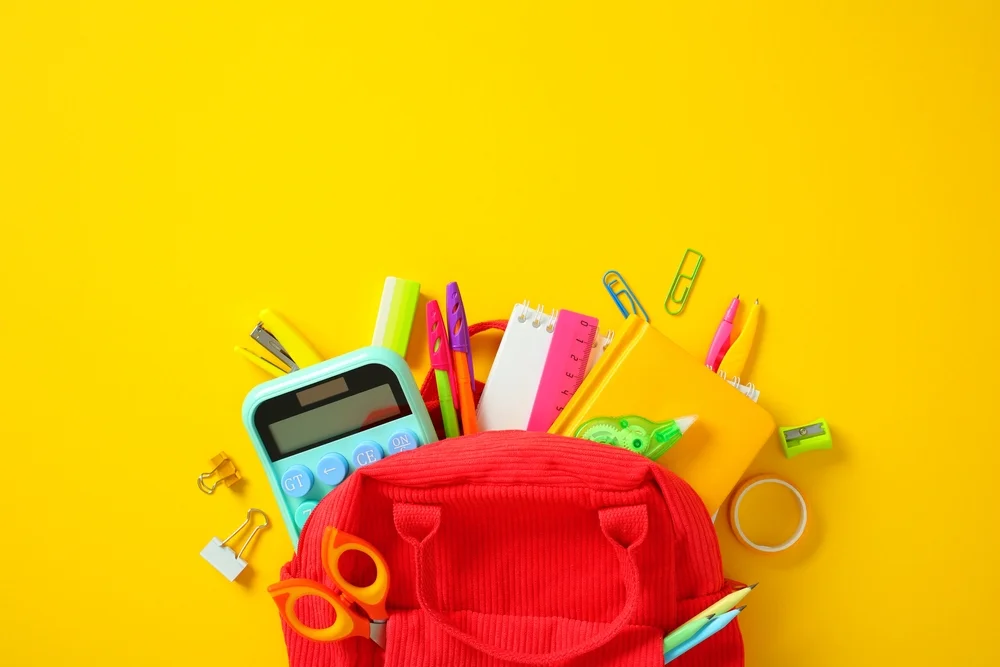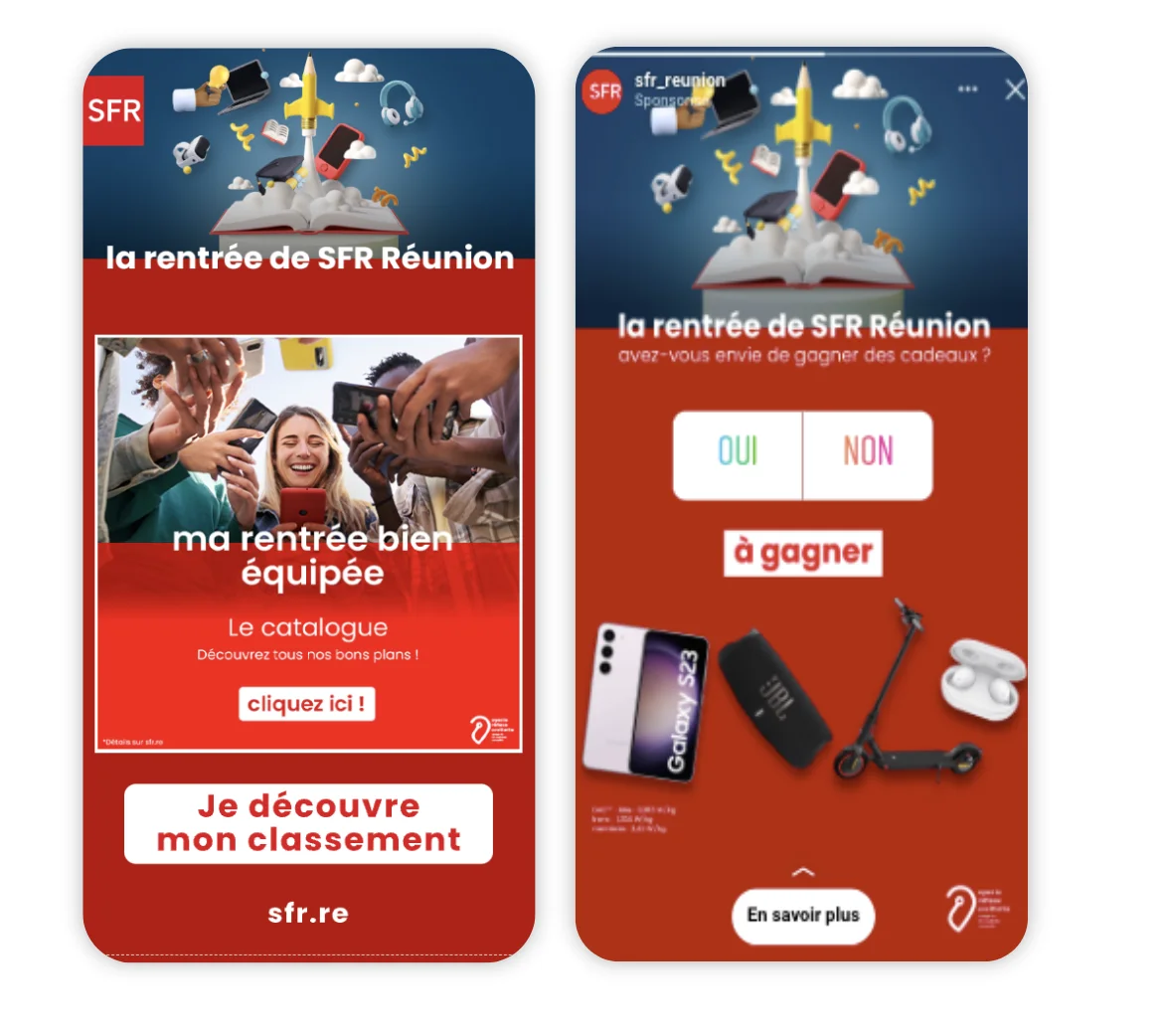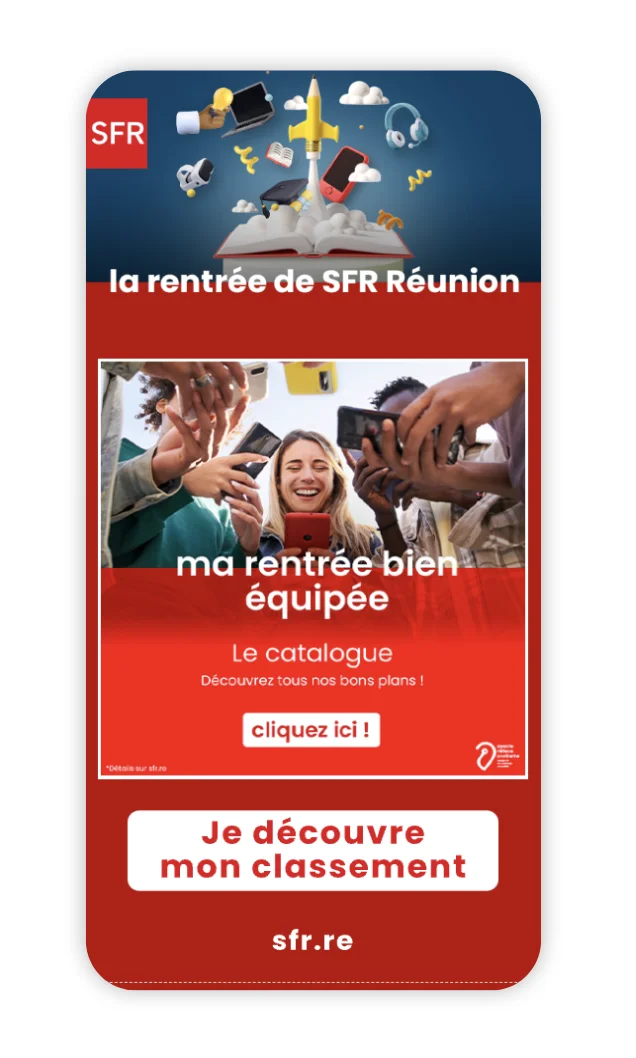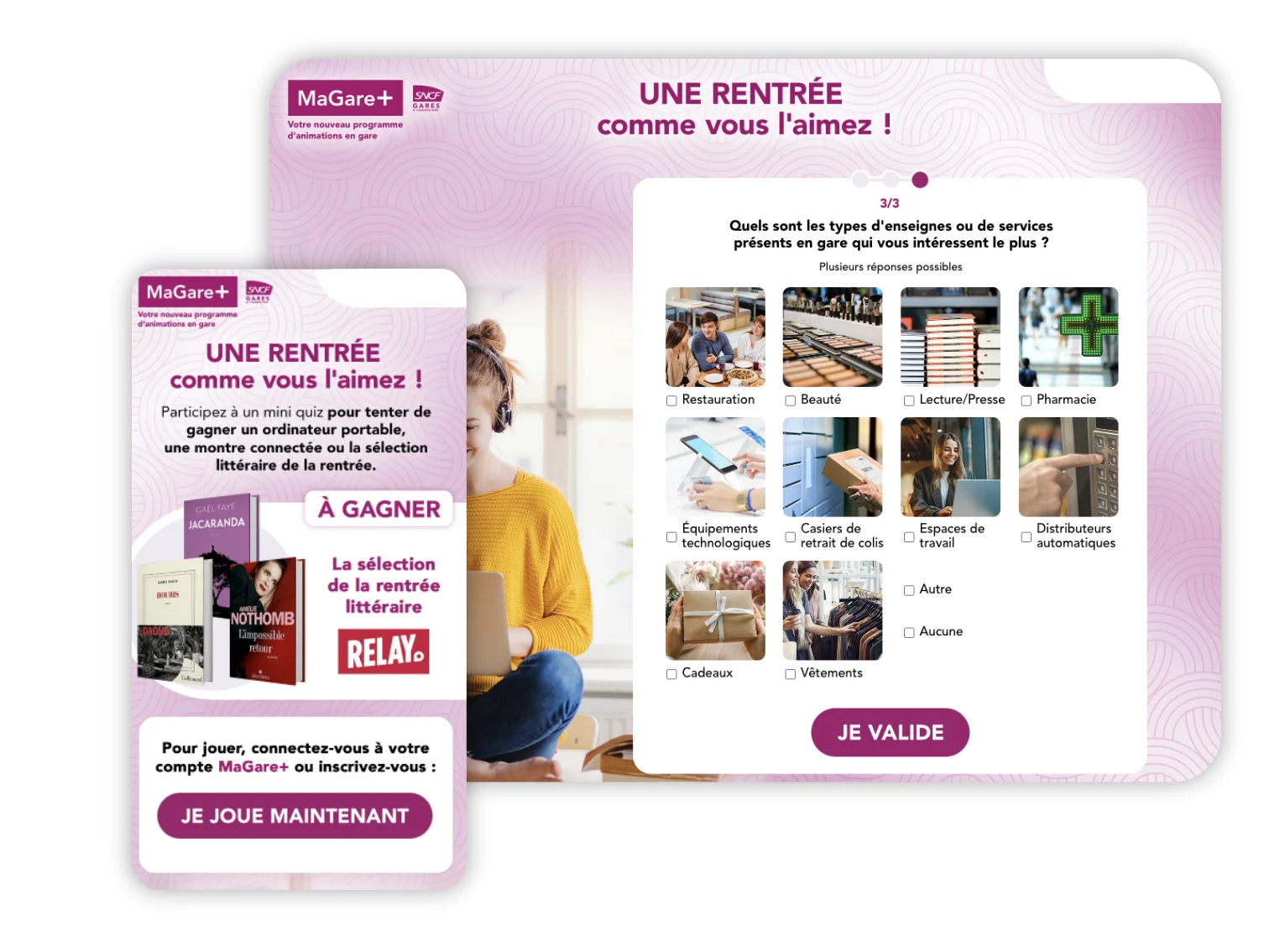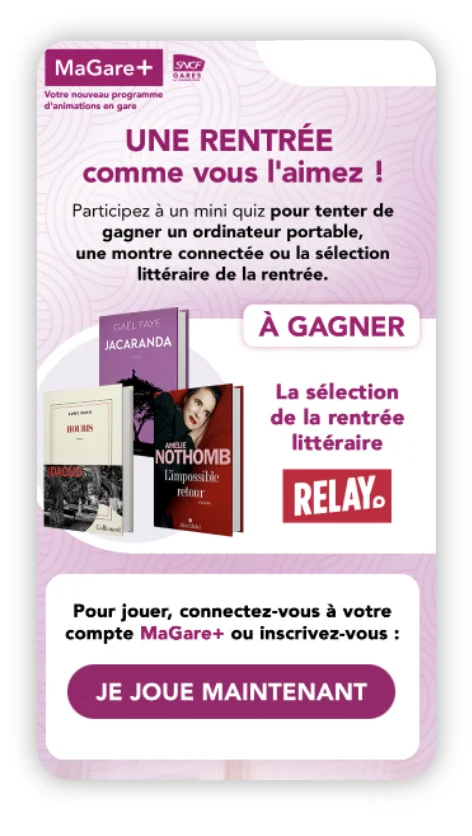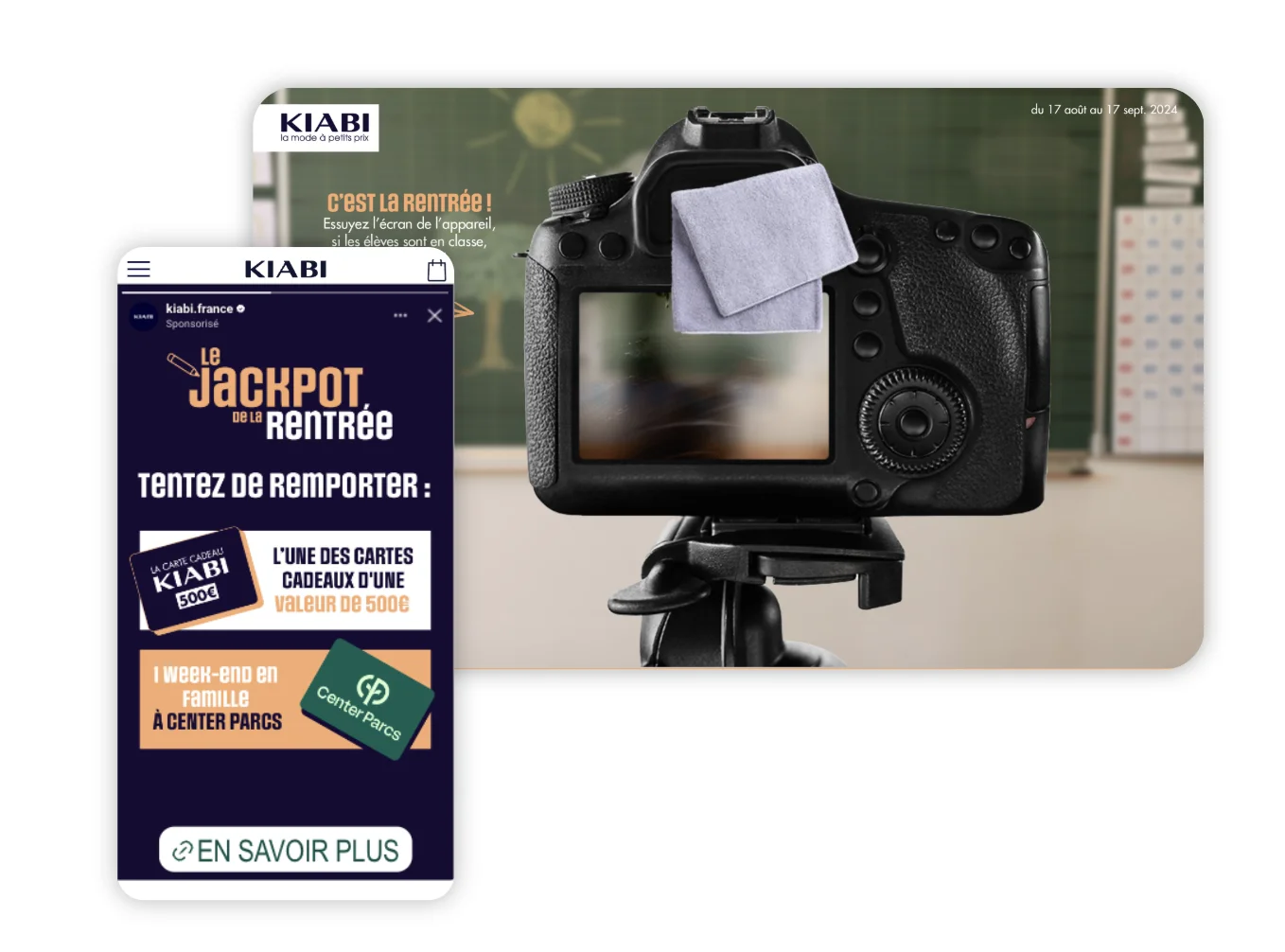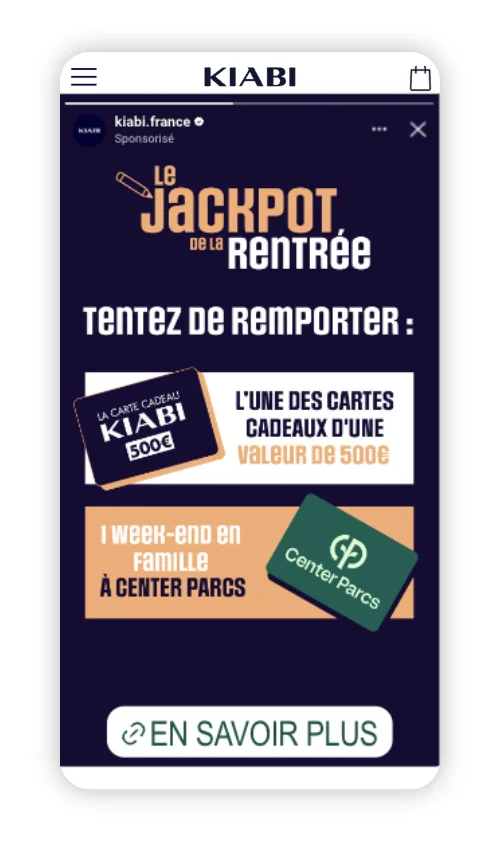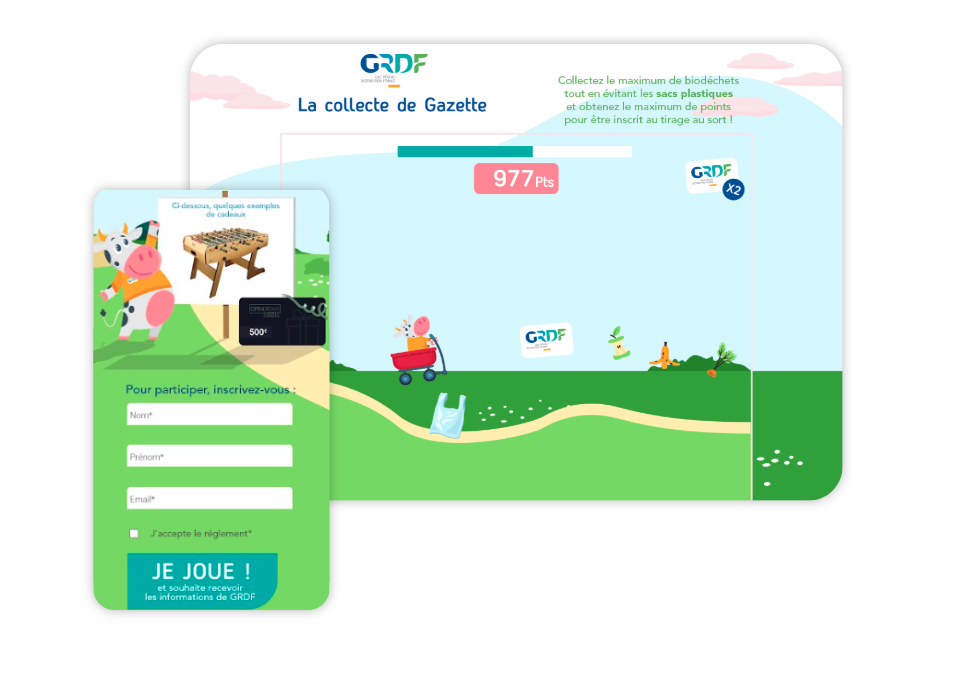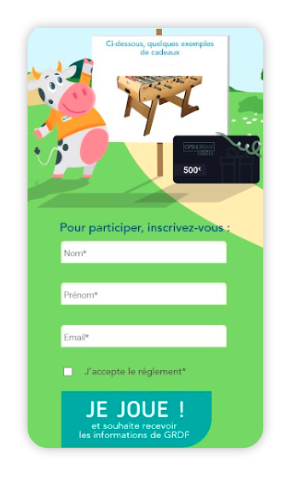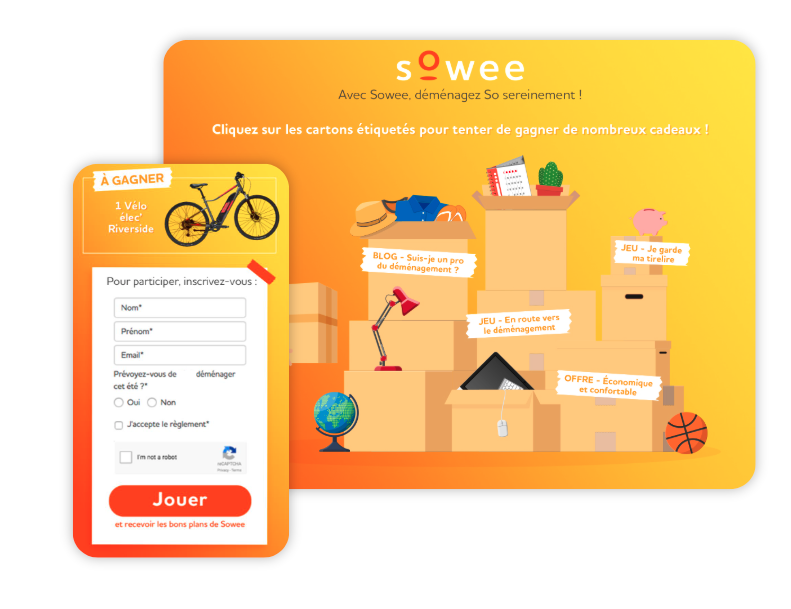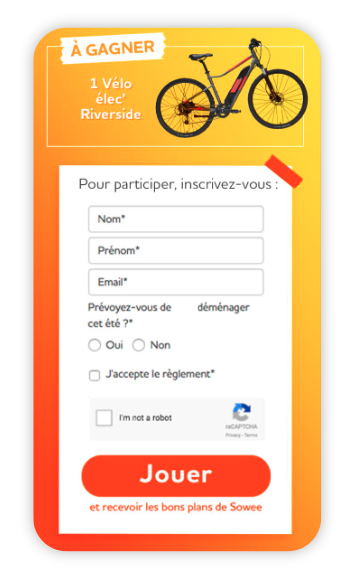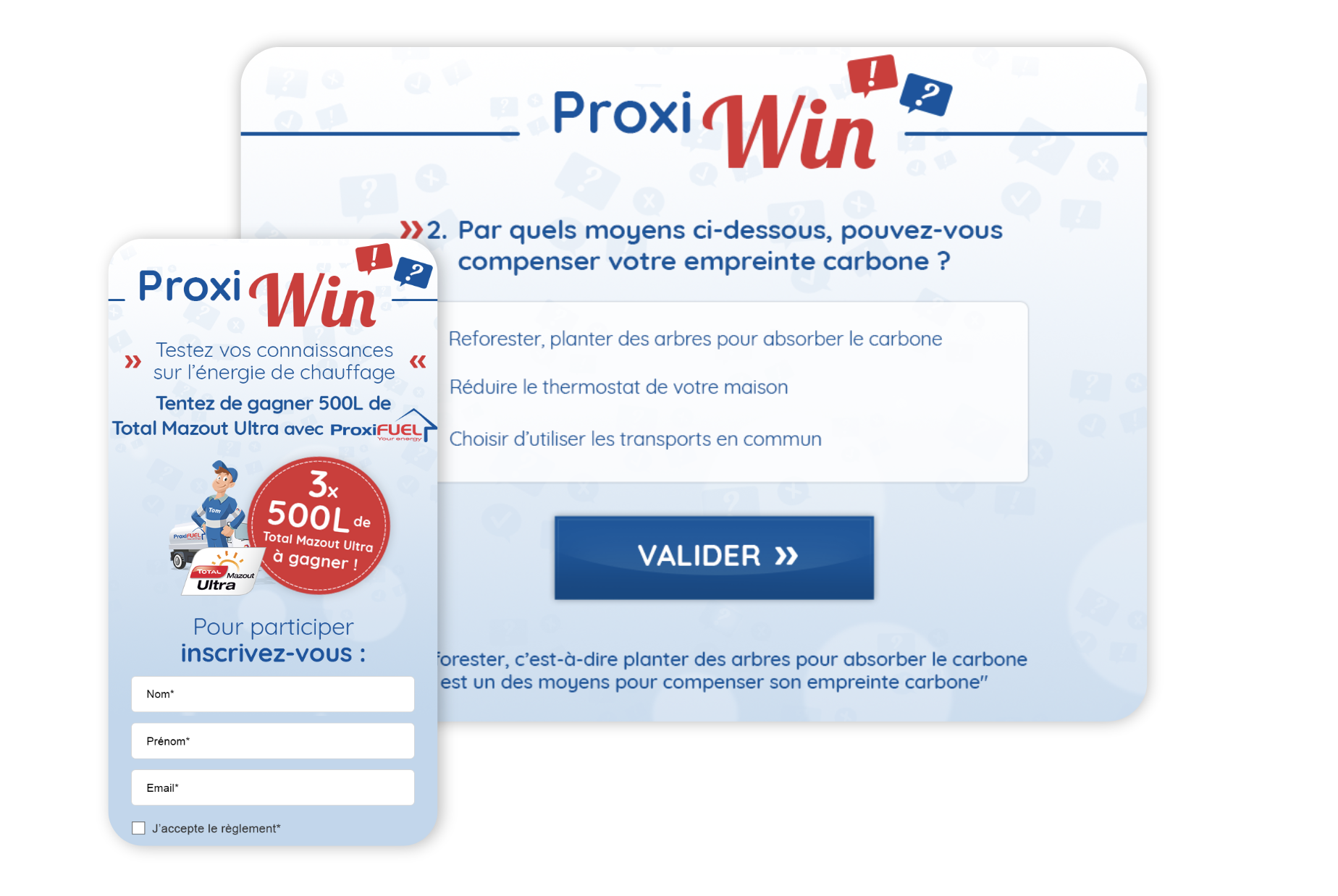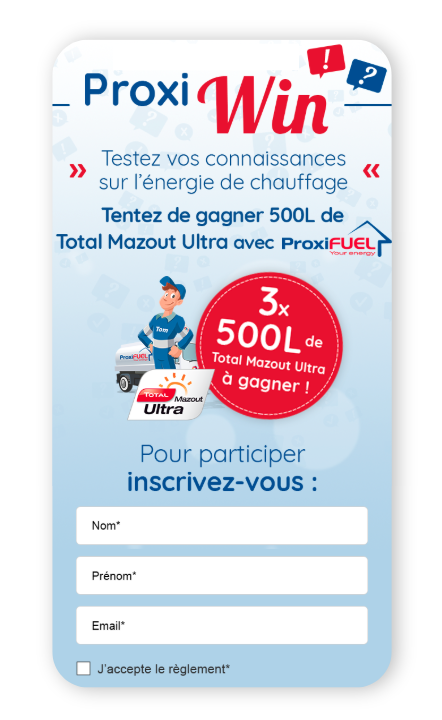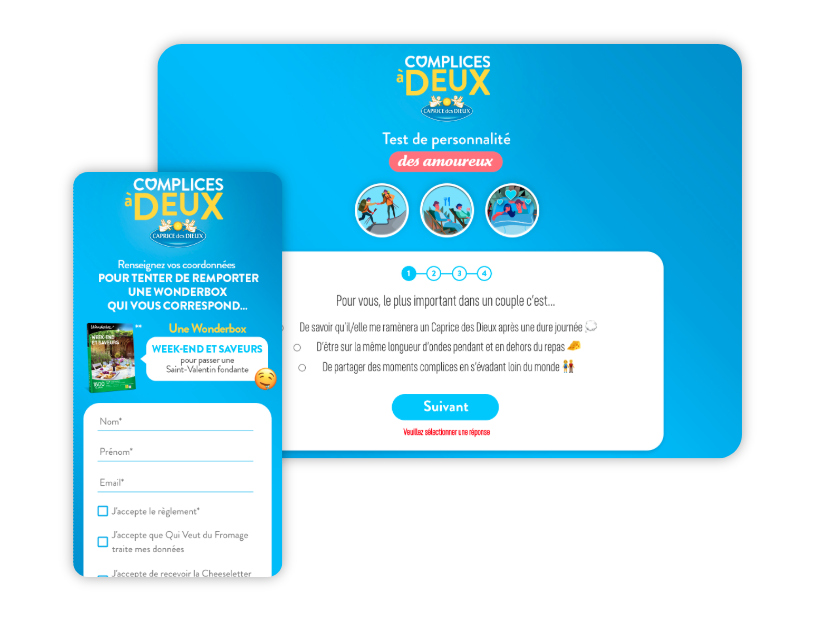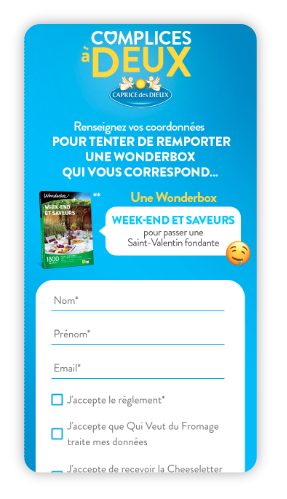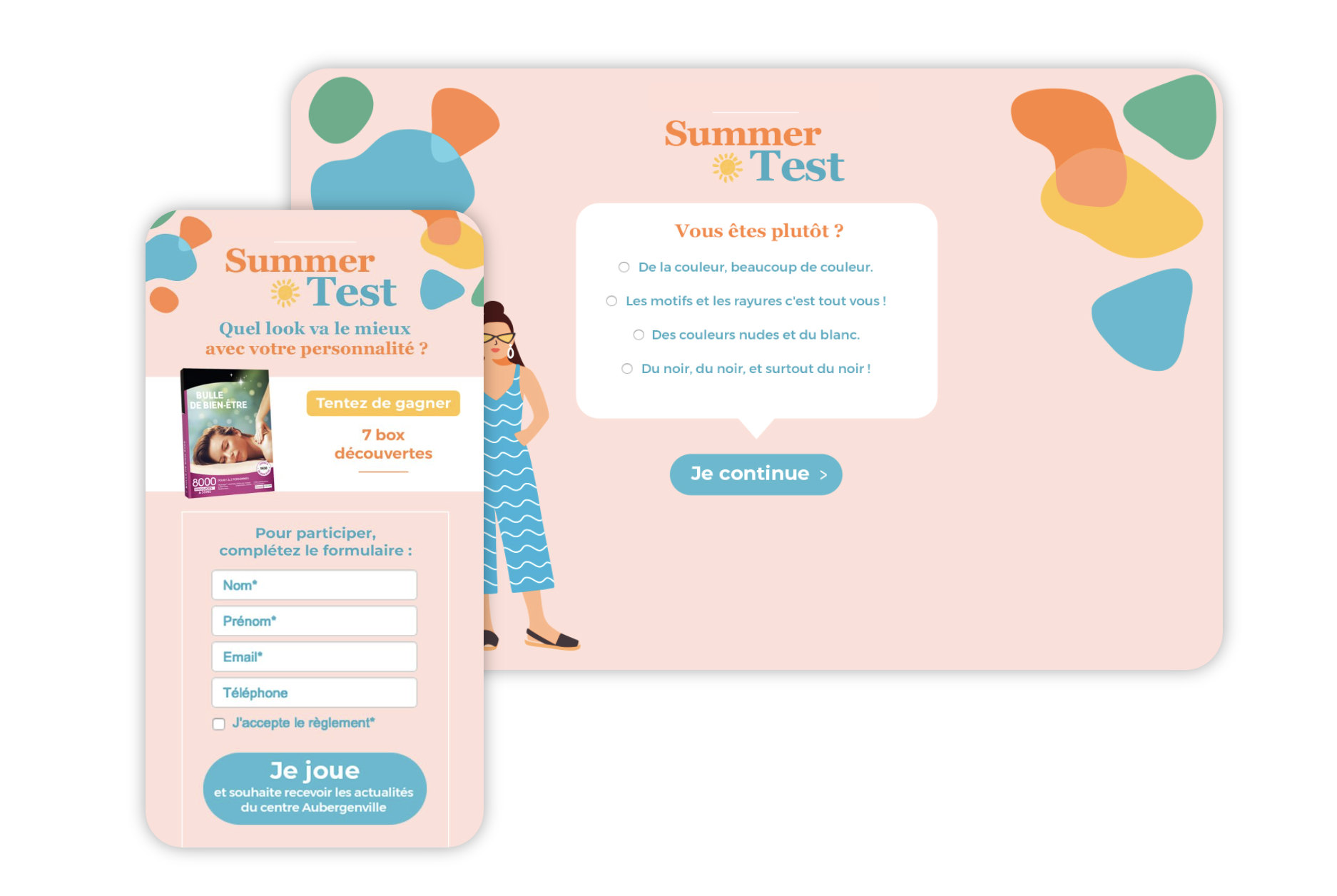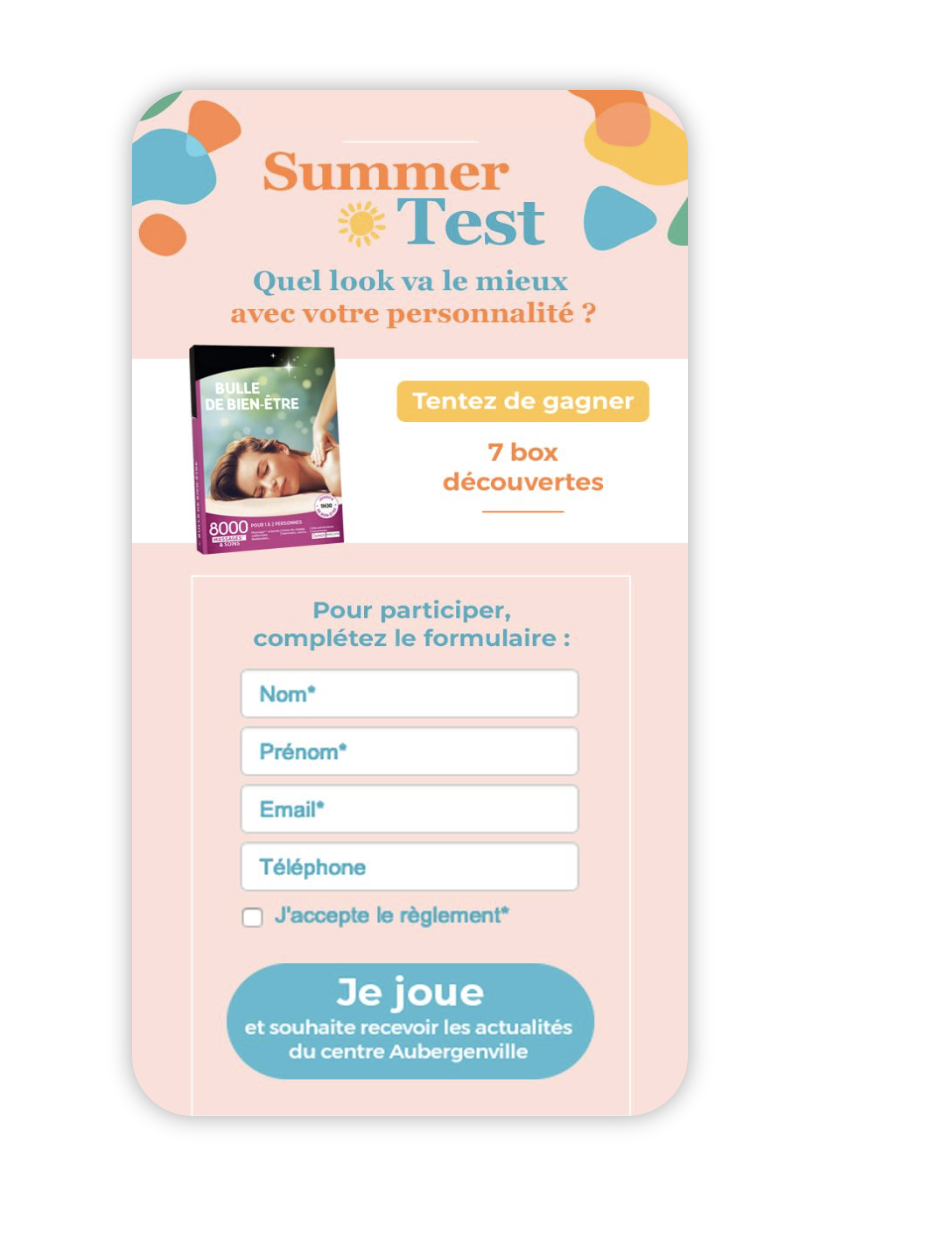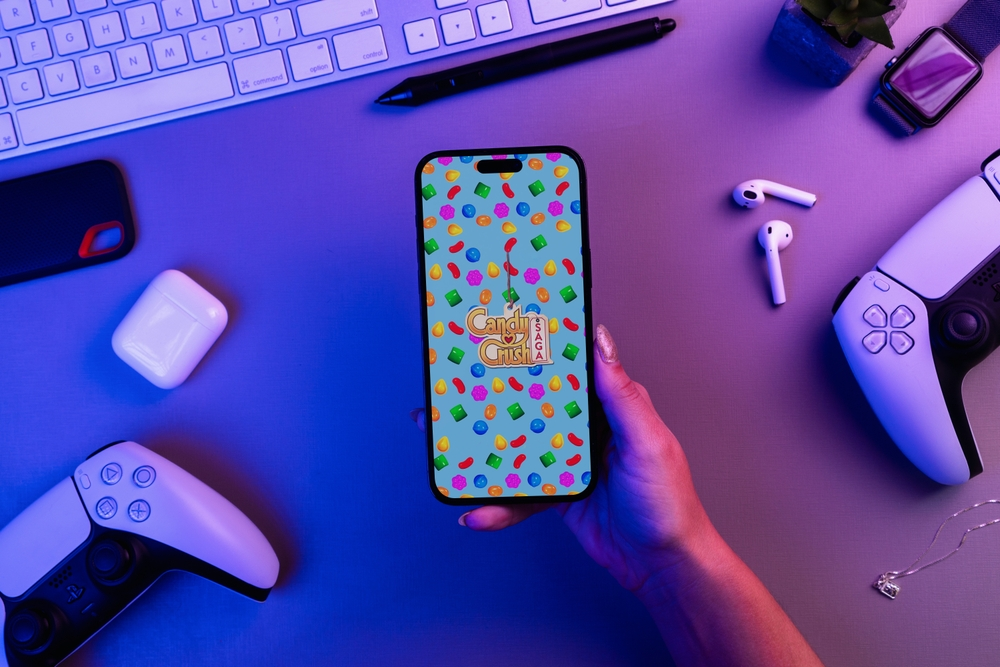
How to create an online Match 3 game? Examples and guides
You’re probably familiar with Candy Crush Saga. Launched in 2012, it is the world’s most popular digital game, attracting more than 240 million monthly active players and accumulating more than 3 billion downloads.
Candy Crush is based on a simple Match 3 principle: line up identical items (in this case 3), swapping their positions to make them disappear and score points. Easy to learn and addictive, this mechanic is an asset for brands looking to energise their campaigns and captivate their audiences.
In this article, we explain how to create an online Match 3 game and customise it so that it fits into your world. We share examples of how to use this format as a recruitment and loyalty tool.
Why integrate the match 3 game into your marketing campaigns?
The Match 3 game is a fun, intuitive and captivating format that brands can incorporate into their marketing strategy. This mechanic is used to engage, convert and build audience loyalty. Here are the reasons to adopt it to optimise your communication and move users through the sales funnel.
1. To boost your profile
The Match 3 game is ideal for attracting an audience because it is well-known and appreciated. Simple and addictive, it captures attention and increases brand visibility.
It’s easy to customise the design to reflect the brand’s visual identity and immerse customers and prospects. By adding functionalities (a ranking and the ability to share your score), Match 3 can go viral and amplify the reach of a campaign (on social networks).
Example: As part of the Men’s World Handball Championship, Lidl proposed a campaign aimed at increasing brand awareness through this partnership. The game was positioned as a strategic lever for capturing data and recruiting qualified leads in affinity with the brand.
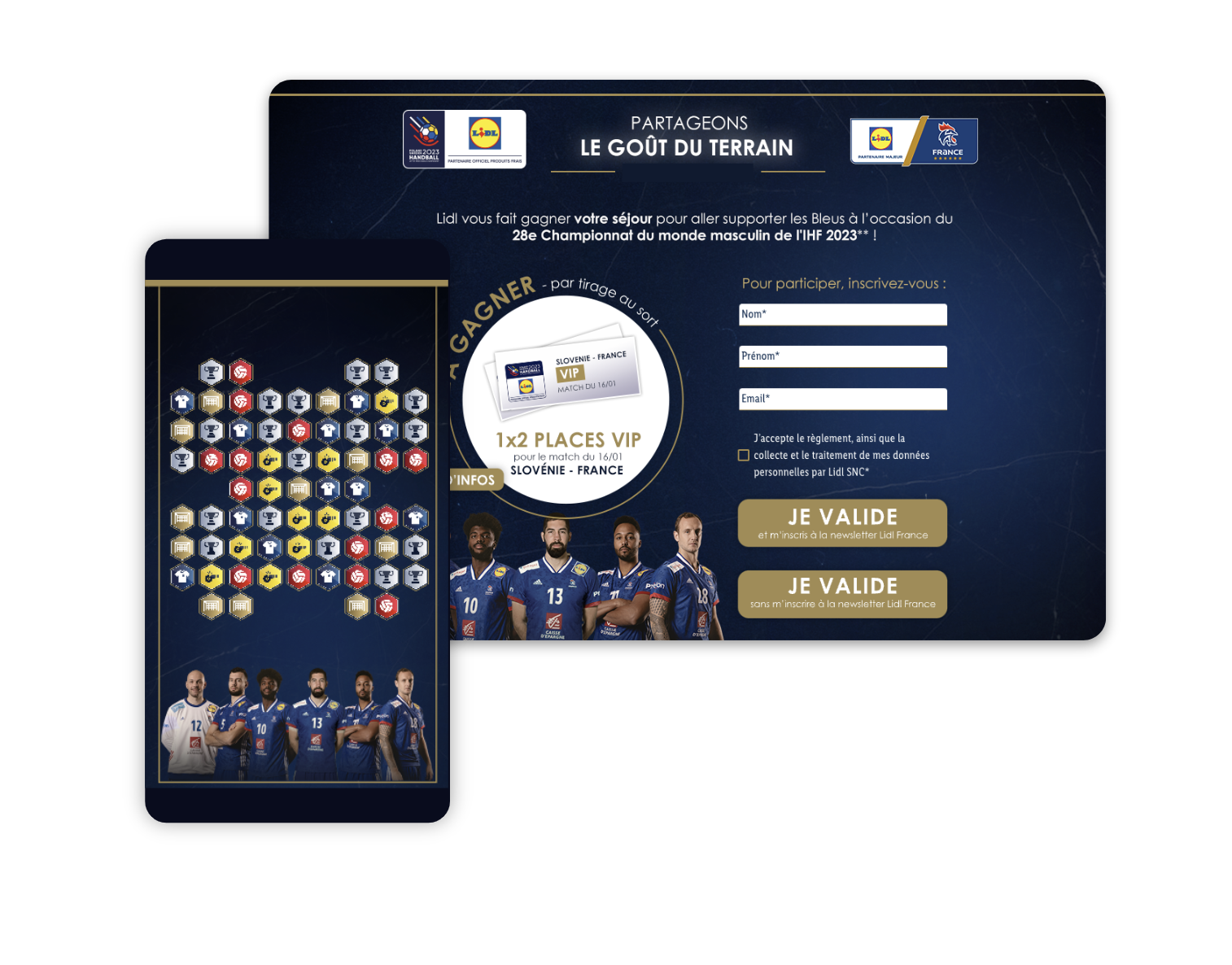
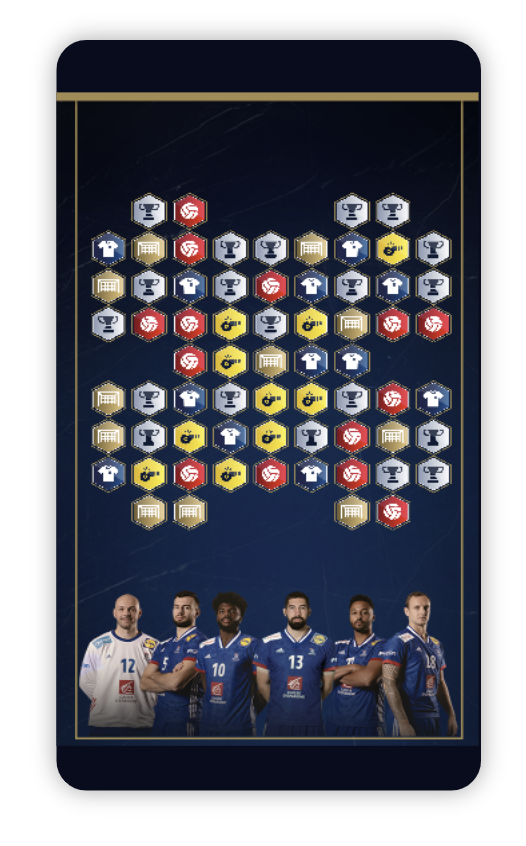
2. To engage your audience
The Match 3 game immerses users in a fun and interactive world. Brands evoke positive emotions linked to entertainment, but also to the possibility of progressing in the game and winning rewards.
Because of its addictive nature, Match 3 extends the interaction between the brand and its audience and multiplies the points of contact (by tracking scores or adding new levels).
Example: SFR Caraïbes’ Mother’s Day game campaign aimed to increase brand awareness while engaging its audience. Backed by Adictiz Ads media coverage, the campaign was a success, with remarkable engagement: each participant spent an average of 11 minutes playing the game.
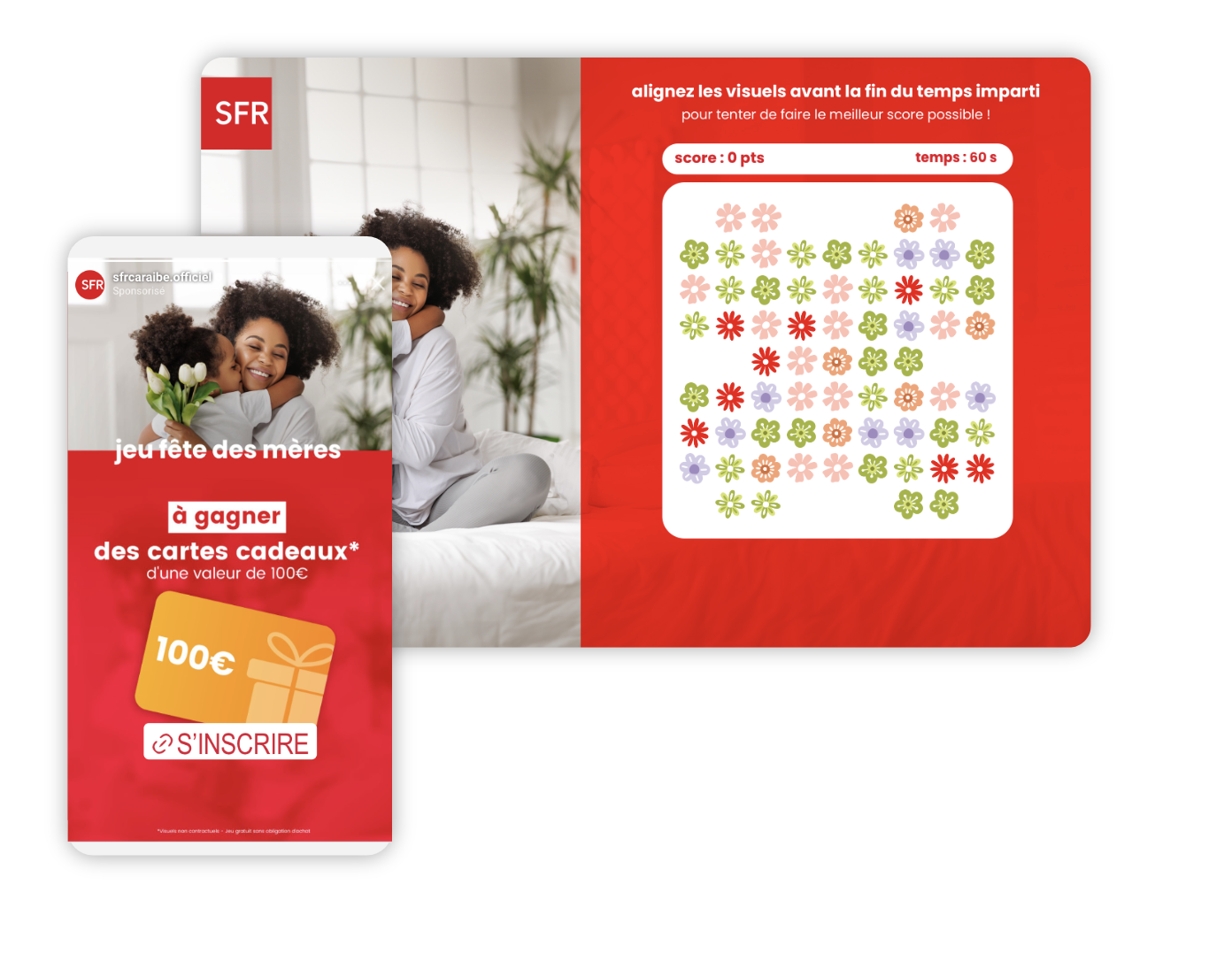
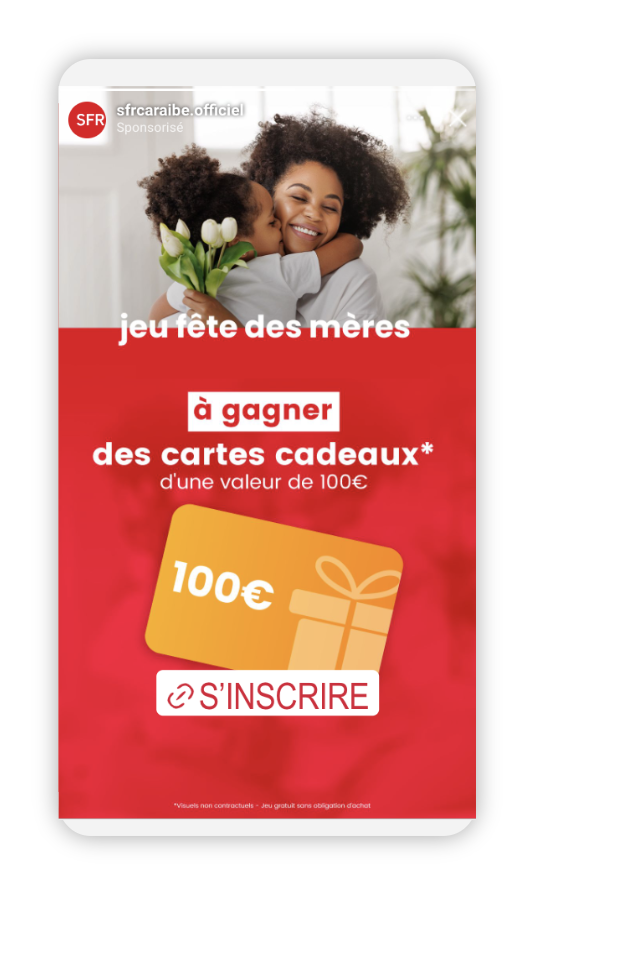
3. To generate leads
Brands can use Match 3 to enrich their database and collect new leads. To access the game or the rewards, participants have to fill in a registration form. The information collected can be used to segment leads (according to their profile and their behaviour or interactions with the game).
This format can be a conversion tool, via the rewards distributed. These are incentives to buy (such as promotions or discount coupons to be used on the next order).
Example: The Floa Sweets campaign was dedicated to increasing the visibility and awareness of the Floa Bank mobile app, in order to encourage its use. The Match 3 mechanic enabled Floa to recruit new users and build loyalty while boosting app downloads.
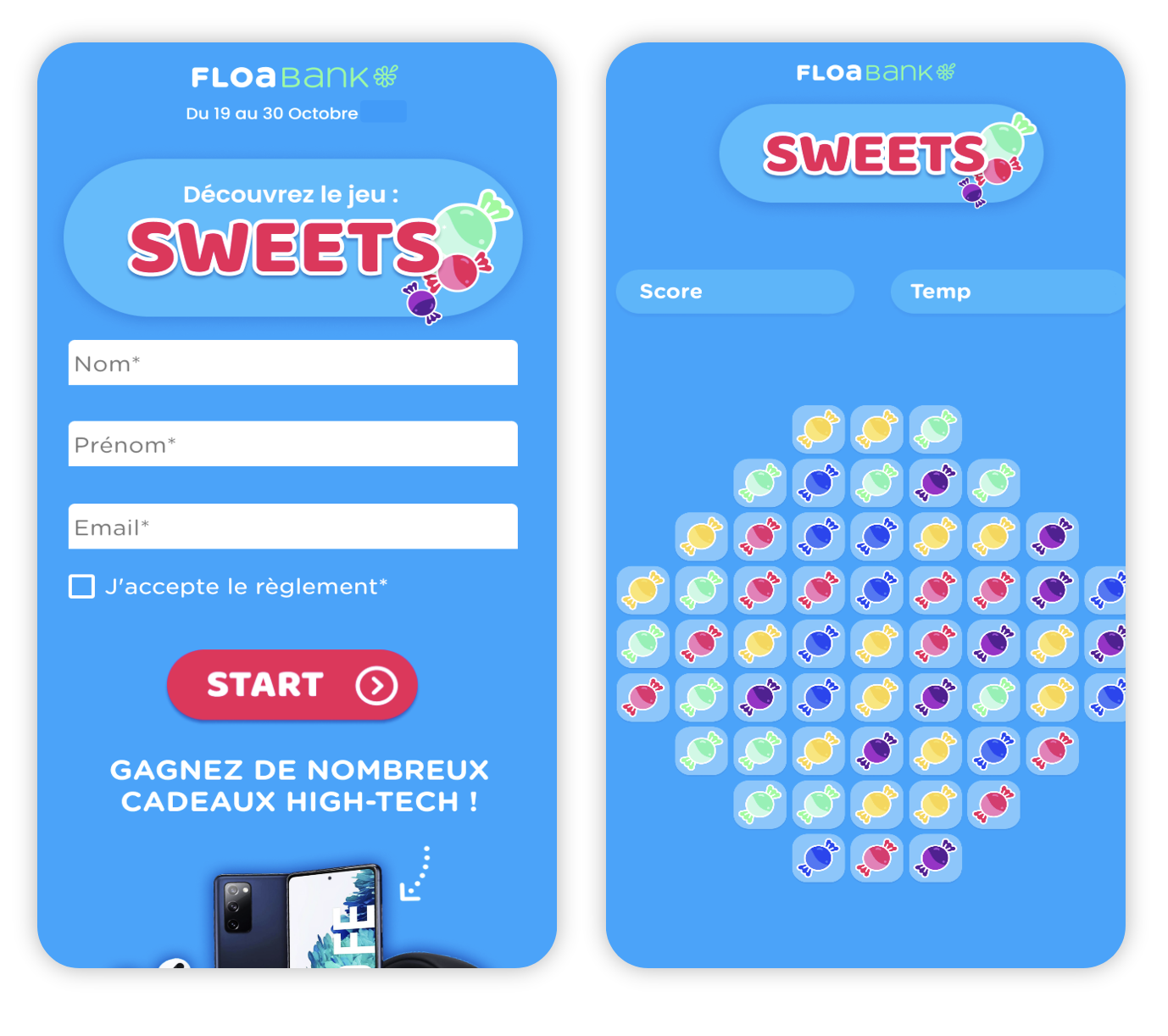
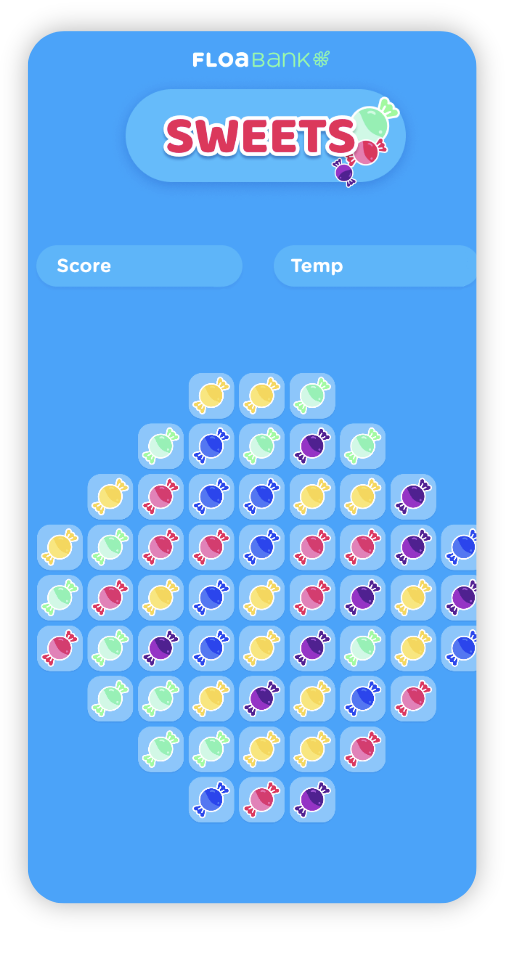
4. To enhance your database
Finally, the Match 3 game enables brands to enrich their customer base by collecting:
- demographic data (via the entry form),
- behavioural data (by monitoring player interactions),
- direct feedback (including micro-surveys at the beginning or end of the game).
The data obtained will be used to create highly targeted (retargeting) marketing campaigns. For example, a user who has unlocked all the levels could receive a personalised offer or message.
Example: Electrolux’s Ecoline campaign was launched with the aim of engaging consumers in reducing their energy consumption. At the same time, the brand aimed to recruit new opt-in leads. The media campaign exceeded its objectives, with over 70% of opt-ins coming from the Adictiz Ads source.
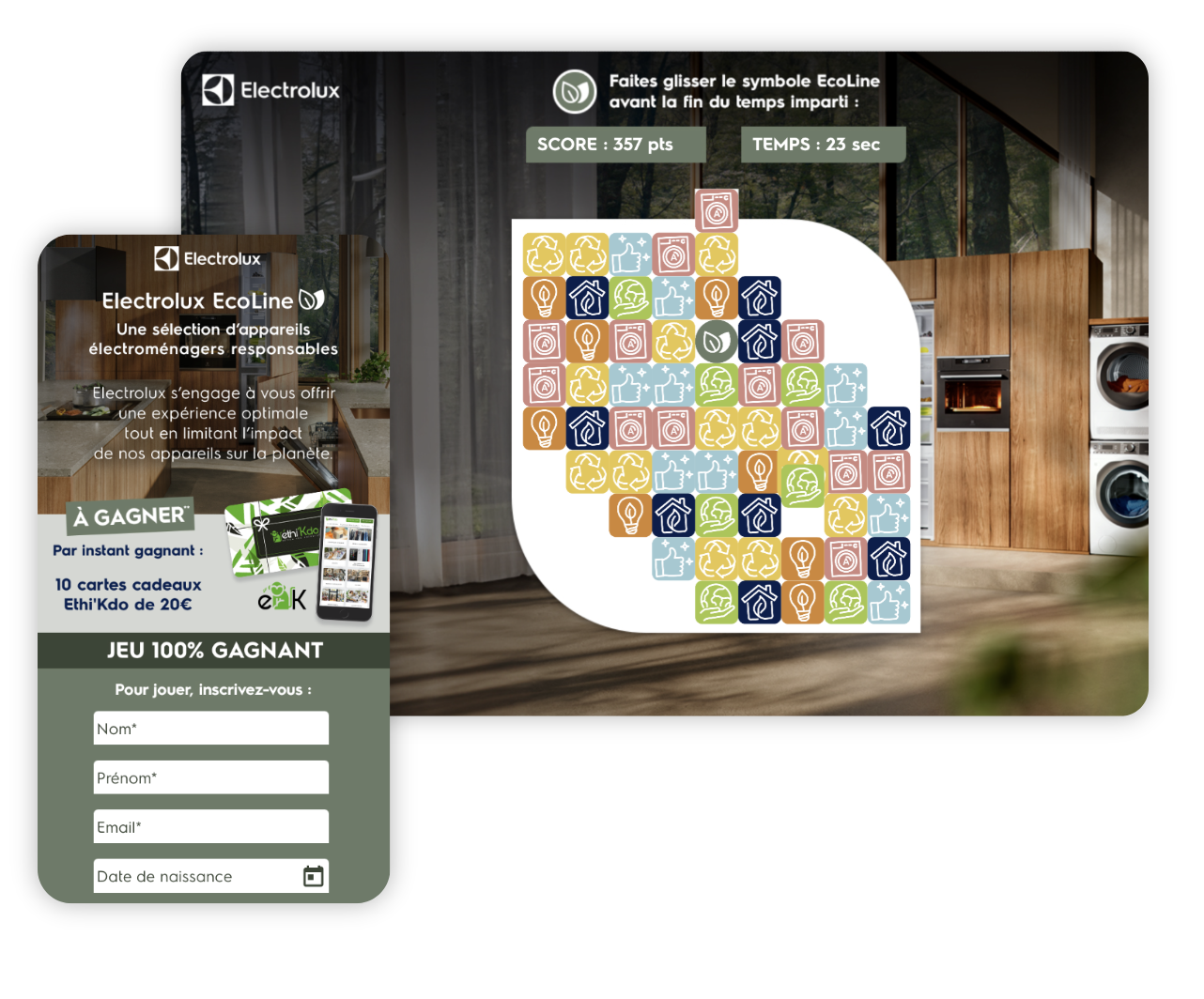
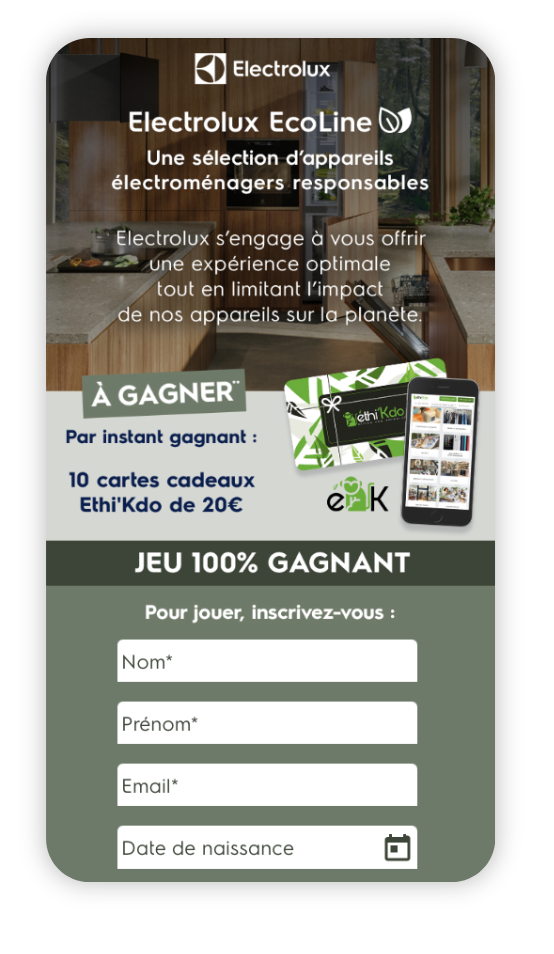
Our tips for creating an engaging online match-3 game
Before launching a gamified marketing campaign, here are a few practices to follow to ensure it is as effective as possible.
1. What software should I use to create a match 3 game?
Advertisers can use platforms specialising in playable marketing to create their match 3 game. These tools offer an intuitive interface and functionality tailored to their needs. They can be used to personalise their marketing game, optimise its distribution or track campaign performance.
2. How do I customise my match 3 game?
With Adictiz Box, you can fully customise your game to reflect your brand identity. The graphic elements (backgrounds, colours, icons) can be adapted to reflect the brand’s values and visual universe. The difficulty of the game can be configured and levels introduced to prolong engagement.
3. How do you manage endowments?
Rewards are essential to motivate participants. Gamification tools make it easy to manage rewards. Whether in the form of discount vouchers, free samples or physical gifts. Advertisers can configure random or conditional winning mechanisms (based on a minimum score), and automate the allocation of prizes to simplify management.
4. Can someone take charge of my campaign?
For companies lacking the time or resources to manage their campaign, Adictiz offers turnkey support via Adictiz Studio. The agency’s teams take charge of the creation, design and optimisation of the campaign.
5. How can I make my campaign more visible?
To maximise the impact of a match 3 game, brands can call on the services of a Media Agency. The latter will be responsible for promoting the game via targeted advertising campaigns on social networks. Partnerships with influencers and multi-channel actions to boost the game’s visibility and brand awareness.
6. How can I track the performance of my campaign?
Thanks to a gamified marketing tool, companies can easily track their KPIs using detailed dashboards. These allow you to monitor your metrics in real time. For example, the number of players, average time spent or data collected (leads). These insights will help advertisers adjust their strategy and achieve better results.
Conclusion
Creating an online match 3 game is an effective strategy for animating your community and boosting engagement. With Adictiz, the design and delivery of your campaign is seamless and easy to adapt to your objectives and your audience!




